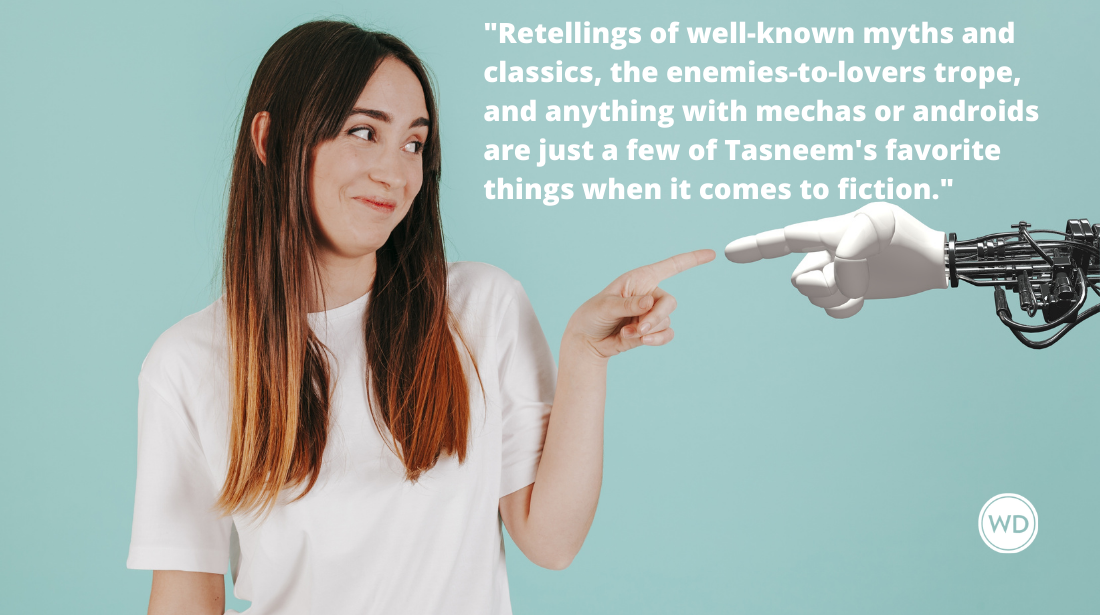7 Things I’ve Learned So Far, by Mike Mullin
Outside of personal experience, the best way to learn is to get advice from people who’ve been there and done that. Discover the seven things learned so far by author Mike Mullin.
This is a recurring column called “7 Things I’ve Learned So Far,”where writers (this installment written by Mike Mullin, author of ASHFALL and its sequels) at any stage of their career can talk about writing advice and instruction as well as how they possibly got their book agent -- by sharing seven things they’ve learned along their writing journey that they wish they knew at the beginning.
7 Things I’ve Learned About Researching a Novel
1. Some research is best conducted by doing, not reading. For example, the idea for ASHFALL came from reading another book, Bill Bryson’s A Short History of Nearly Everything, which includes a chapter about the Yellowstone supervolcano. Once I learned about the volcano under Yellowstone National Park, I was hooked—I read everything I could find about it.
Very quickly I realized that if the volcano were to erupt again today, it would easily be the worst cataclysm in recorded history, and I’d need to make my protagonist a very special teen for him to be able to survive. I also decided to try to write an intensely realistic novel—as close as possible to what could happen—will happen—when the Yellowstone supervolcano erupts again. So magic, superpowers, and vampirism were out. Instead, I made my protagonist a martial artist.
I suppose I could have read a bunch of books on martial arts, but instead, I enrolled in a local taekwondo dojang. I found I enjoyed martial arts, stuck with it, and finally earned my black belt just before ASHFALL was released last year. Now martial arts are a big part of my author presentations—you can see one of my demos (breaking concrete blocks with my bare hands) here.
2. Dig deeper. The original idea for ASHFALL came from a secondary source (Bryson’s book), and other secondary sources were also invaluable to my writing. But the very best ideas came when I dug deeper, following the citations in the secondary sources back to primary sources, like the 2004 article in the Journal of Volcanology and Geothermal Research that suggested that supervolcanoes might be capable of launching rocks hundreds of miles on ballistic trajectories. I needed a way to start ASHFALL with a bang, and lo and behold, there it was.
3. Personal accounts are incredibly useful sources for a novelist. For example, I happened upon an obscure self-published book titled The Mount St. Helens Ashfall Ordeal, about a woman who was trapped in her cabin in Idaho by the Mount St. Helens ashfall. While her account didn’t add much to my knowledge of volcanoes, it did add tremendously to my understanding of the fear inspired by an ashfall and resulting darkness.
Order a copy of Mike Mullin's Ashfall today.
4. Research can take your novel to new places. In the first draft of ASHFALL, Alex fled from Indianapolis (where I live) to Yellow Springs, Ohio (where my brother Paul’s farm is). That lasted until I found a map of the ashfall distribution from the Yellowstone eruption of 2.1 million years ago—the most violent of the Yellowstone super-eruptions. The map showed that the probable ashfall would not reach as far east as Yellow Springs. Although the cataclysm I depict in ASHFALL will be horrible everywhere, I wanted Alex’s quest to begin in deep ash that could create darkness, cause lightning storms, and collapse buildings. So ASHFALL had to move west, to Iowa.
5. Google Maps and Street View are helpful but not the same as visiting your setting in person. I chose to move ASHFALL to Waterloo, Iowa by drawing a circle 900-miles in radius around Yellowstone on a U.S. map in an old Rand McNally road atlas. I used Google Maps to find Alex’s destination, choosing Millville, Illinois.
But when I arrived in Waterloo, I couldn’t find Alex’s house. It needed to be an old house with built-in gutters in a neighborhood trendy enough that Alex could have gay neighbors. After searching for two hours, I gave up and crossed the river into Cedar Falls, where I found Alex’s house almost immediately—near 9th & Olive.
When I arrived at the end of Alex’s journey—Millville, Illinois—it wasn’t there. Literally. The spot marked on Google maps was nothing but a crossroads amid autumn corn stubble. I drove into nearby Apple River Canyon State Park to ask for directions. The ranger, a stooped, toothless guy who looked to be in his 80s, said the last of the foundations of the thriving 1880s town of Millville had washed away in a flood nearly 20 years ago. So if I’d relied merely on maps, Alex’s journey would have started in a place where his house couldn’t be, and ended in a place that no longer existed. Which would be fine for some fiction, I guess, but not for the intensely realistic novel I was struggling to write.
6. While you’re out visiting your setting, be careful where you take pictures. You probably can’t make out the words below the “Restricted Area” sign in the picture below, but it says something like “It is a felony to take pictures in this location.” Not good. So I hightailed it out of there just after snapping this photo:
7. Social media isn’t just for promoting your books; it’s helpful for research as well. When I finished the fifth or sixth draft of ASHFALL, I reached out via social media—asking friends if they knew any geologists who might be willing to review my manuscripts. I found two: Pete Matthews, who worked for the United States Geological Survey on Mount St. Helens at the time it erupted in 1980, and Erin Stoesz, who works at the volcanic observatory at Yellowstone National Park every summer. They each made invaluable contributions to ASHFALL.
Mike Mullin is the author of ASHFALL, about Alex, a teen strugglingto survive and find his family after the cataclysmic eruption of theYellowstone supervolcano. The sequel, ASHEN WINTER, will bereleased on October 8, 2012. If you’re interested in learning moreabout the science behind ASHFALL, check out Mike's guest poston the Our Time in Juvie blog. The sequel, ASHEN WINTER, willbe out October 8, 2012. Follow Mike on Twitter.






